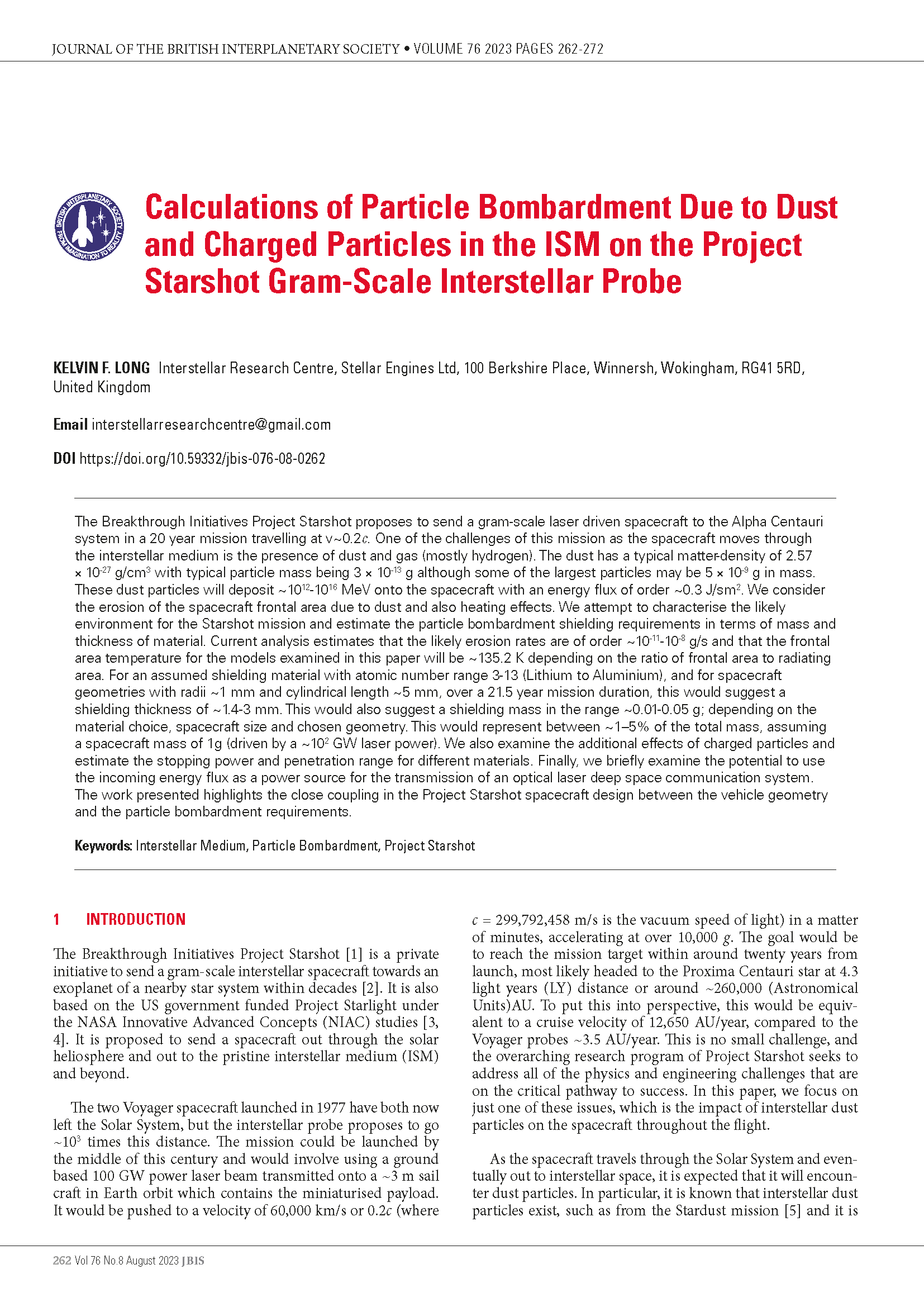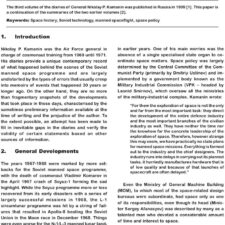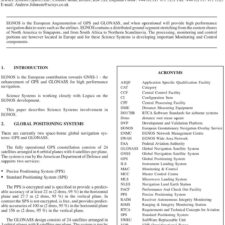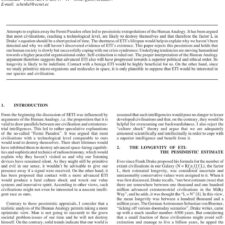Calculations of Particle Bombardment Due to Dust and Charged Particles in the ISM on the Project Starshot Gram-Scale Interstellar Probe
£5.00
Kelvin F. Long (2023), JBIS, 76, pp.262-272
Refcode: 2023.76.262
DOI: https://doi.org/10.59332/jbis-076-06-0262
The Breakthrough Initiatives Project Starshot proposes to send a gram-scale laser driven spacecraft to the Alpha Centauri system in a 20 year mission travelling at v~0.2c. One of the challenges of this mission as the spacecraft moves through the interstellar medium is the presence of dust and gas (mostly hydrogen). The dust has a typical matter-density of 2.57 × 10-27 g/cm3 with typical particle mass being 3 × 10-13 g although some of the largest particles may be 5 × 10-9 g in mass. These dust particles will deposit ~1012-1016 MeV onto the spacecraft with an energy flux of order ~0.3 J/sm2. We consider the erosion of the spacecraft frontal area due to dust and also heating effects. We attempt to characterise the likely environment for the Starshot mission and estimate the particle bombardment shielding requirements in terms of mass and thickness of material. Current analysis estimates that the likely erosion rates are of order ~10-11-10-8 g/s and that the frontal area temperature for the models examined in this paper will be ~135.2 K depending on the ratio of frontal area to radiating area. For an assumed shielding material with atomic number range 3-13 (Lithium to Aluminium), and for spacecraft geometries with radii ~1 mm and cylindrical length ~5 mm, over a 21.5 year mission duration, this would suggest a shielding thickness of ~1.4-3 mm. This would also suggest a shielding mass in the range ~0.01-0.05 g; depending on the material choice, spacecraft size and chosen geometry. This would represent between ~1–5% of the total mass, assuming a spacecraft mass of 1g (driven by a ~102 GW laser power). We also examine the additional effects of charged particles and estimate the stopping power and penetration range for different materials. Finally, we briefly examine the potential to use the incoming energy flux as a power source for the transmission of an optical laser deep space communication system. The work presented highlights the close coupling in the Project Starshot spacecraft design between the vehicle geometry and the particle bombardment requirements.
Keywords: Interstellar Medium, Particle Bombardment, Project Starshot





